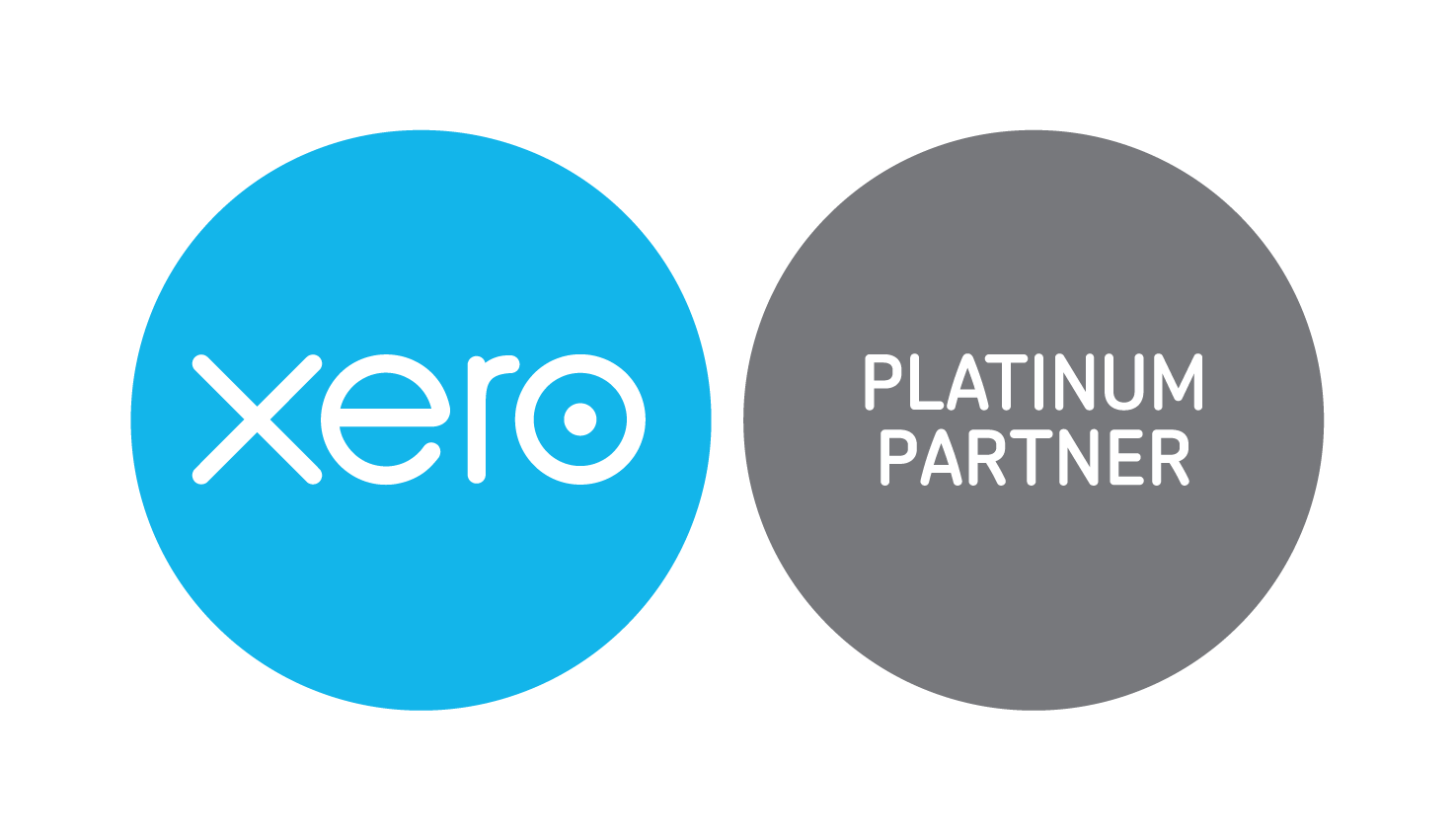Fringe Benefits Tax (FBT) is a tax employers must pay when providing non-cash benefits to employees, such as the use of a company car. While a company car can be a great perk, it comes with specific rules and obligations. Here’s what both business owners and employees need to know about FBT when it comes to cars.
What is Fringe Benefits Tax (FBT)?
FBT is a tax on benefits provided to employees in addition to their salary or wages. It’s separate from income tax and is calculated based on the taxable value of the benefit. For company cars, FBT applies when the car is used for personal purposes, such as commuting or running personal errands. Employers are responsible for paying FBT, though the cost may be factored into the employee’s overall remuneration.
How FBT Applies to Cars
FBT can apply in several ways, but the most common scenario is when a company car is used for personal purposes. If employees use the car for anything other than strictly business-related travel, FBT will be triggered.
There are two main methods for calculating the taxable value of a car fringe benefit:
- The Statutory Formula Method: This method calculates FBT based on a fixed percentage (usually 20%) of the car’s base value, regardless of how much it’s used for personal purposes. It’s simpler but may result in a higher FBT liability for cars with low personal use.
- The Operating Cost Method: This method calculates FBT based on the actual operating costs of the car (fuel, maintenance, insurance, etc.). The personal use percentage is then applied. This method can be more beneficial if the car is used mostly for work purposes.
FBT Exemptions and Exceptions
Fringe benefits tax on cars does not apply if the car is used exclusively for business purposes and no personal use is allowed. For example, a vehicle used only for delivering goods or providing services would be exempt from FBT. Additionally, certain vehicles, like electric or hybrid cars, may be eligible for reduced FBT rates or exemptions.
Key Considerations for Employers
- Record Keeping
Employers need to keep accurate records of the vehicle’s usage. This includes business vs. personal use logs and details of operating costs. A logbook is essential, especially if using the operating cost method for FBT calculation. - Employee Agreements
It’s important for employers to have clear agreements in place regarding the use of company cars. These should outline personal use limits, maintenance responsibilities, and other terms to prevent misunderstandings and ensure FBT compliance. - Salary Packaging
Some employers offer company cars as part of a salary package. If this is the case, FBT can increase the overall cost of the package. Employers should work closely with accountants to understand how salary packaging impacts their FBT liability.
What Employees Should Know
Employees who receive a company car should be aware that while they don’t directly pay FBT, the benefit may affect their overall tax situation. The value of the car benefit is often included in the employee’s total remuneration package, which could impact their taxable income.
Excessive personal use of the company car may increase the FBT liability for the employer and, in some cases, could be reflected in the employee’s salary or benefits package.
Conclusion
Fringe benefits tax on company cars can be complex, but understanding the rules can help employers and employees manage the tax implications effectively. Employers should maintain accurate records, be mindful of the FBT calculation methods, and consider exemptions or salary packaging strategies. Employees should be aware of how the company car benefit affects their taxable income. By staying informed and consulting your accountant, both employers and employees can navigate FBT on company cars with confidence.


